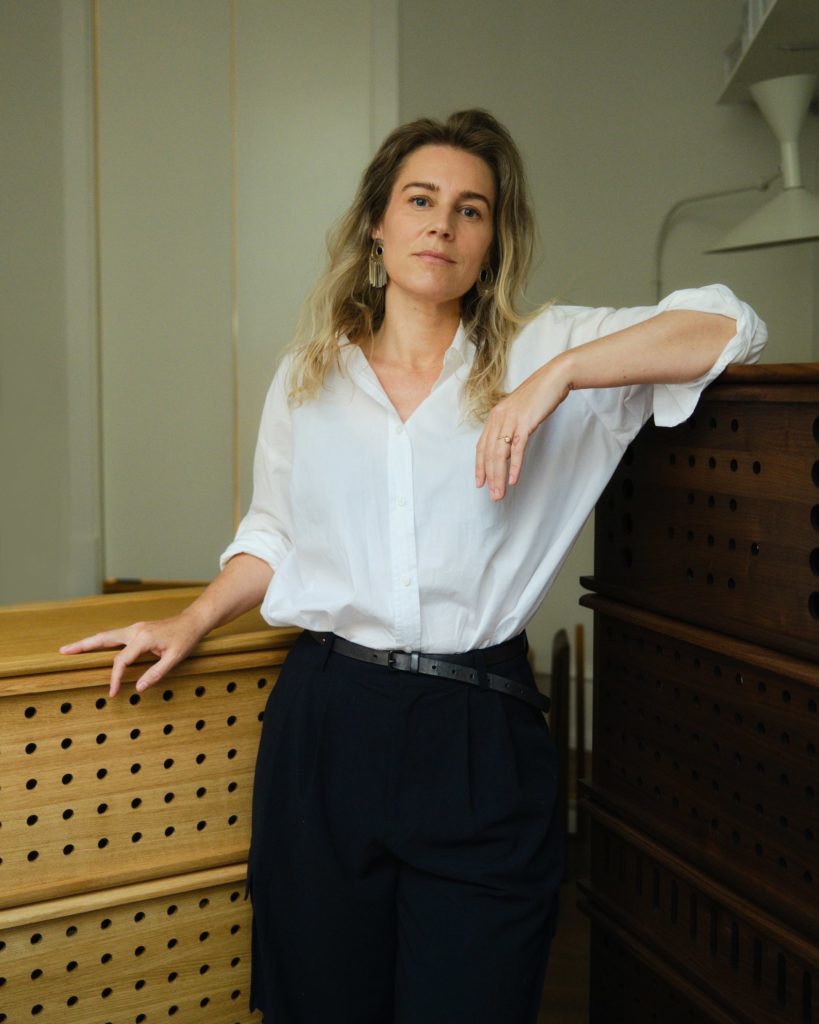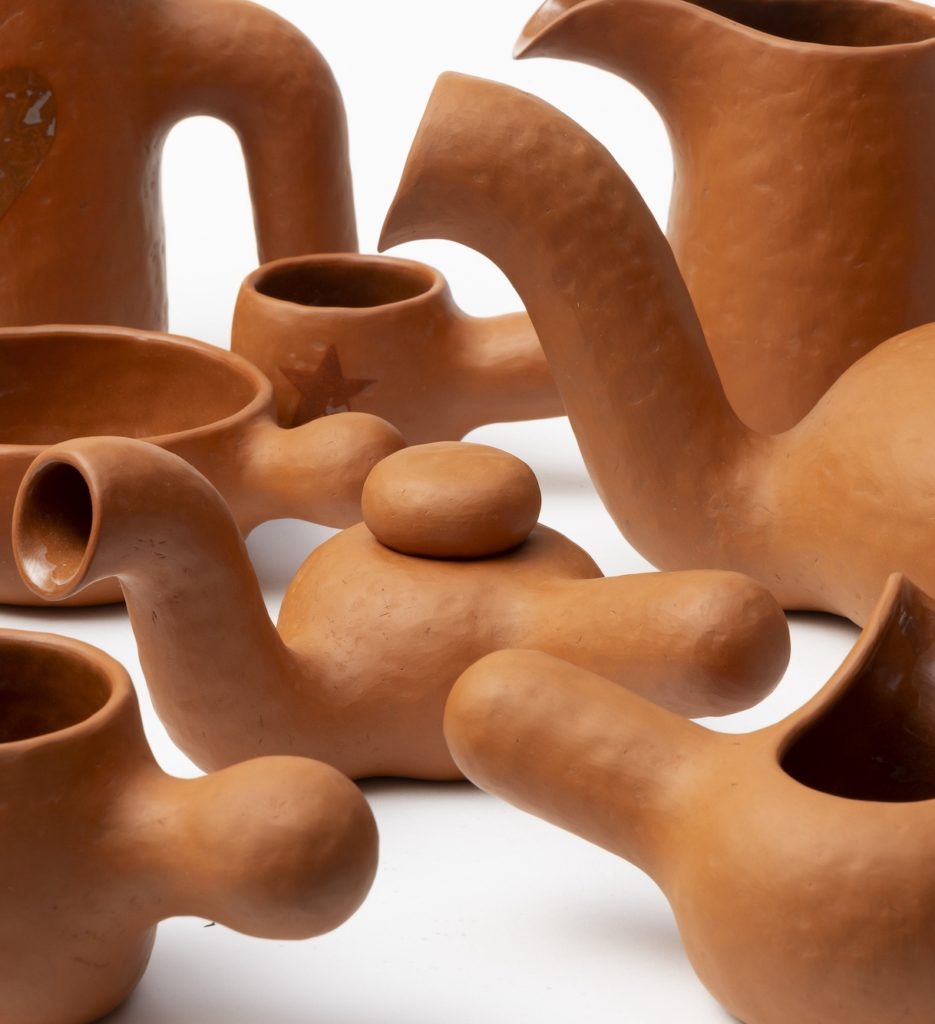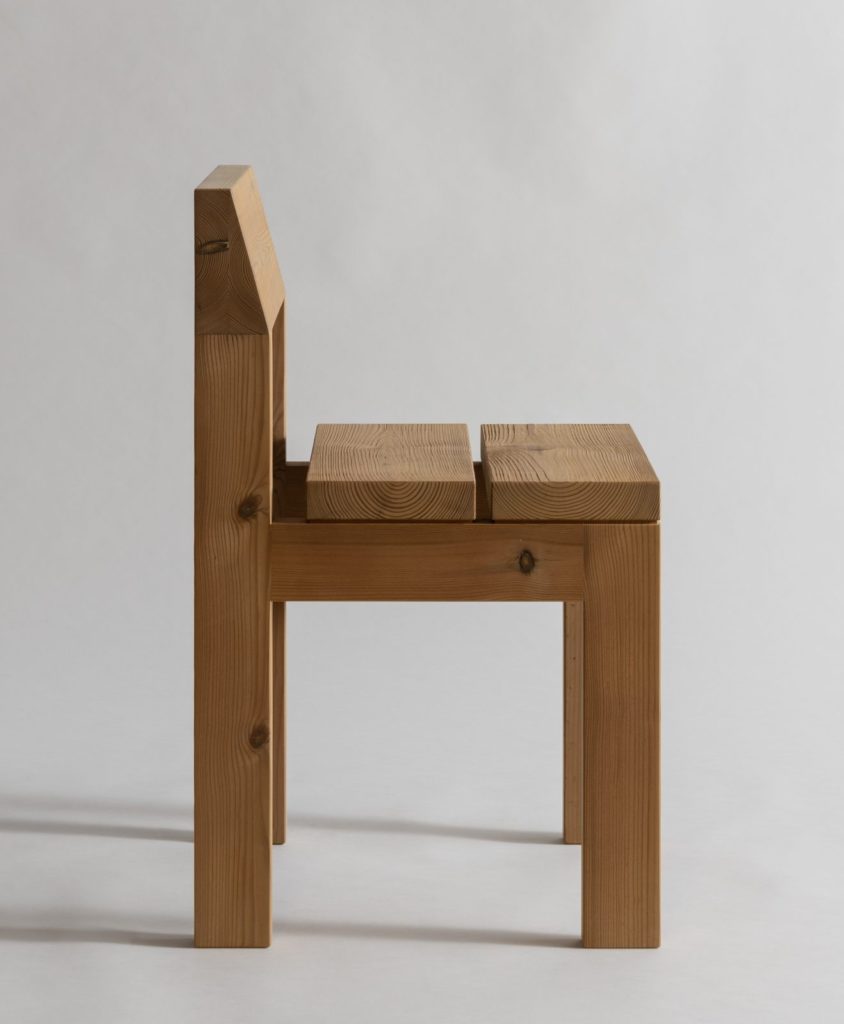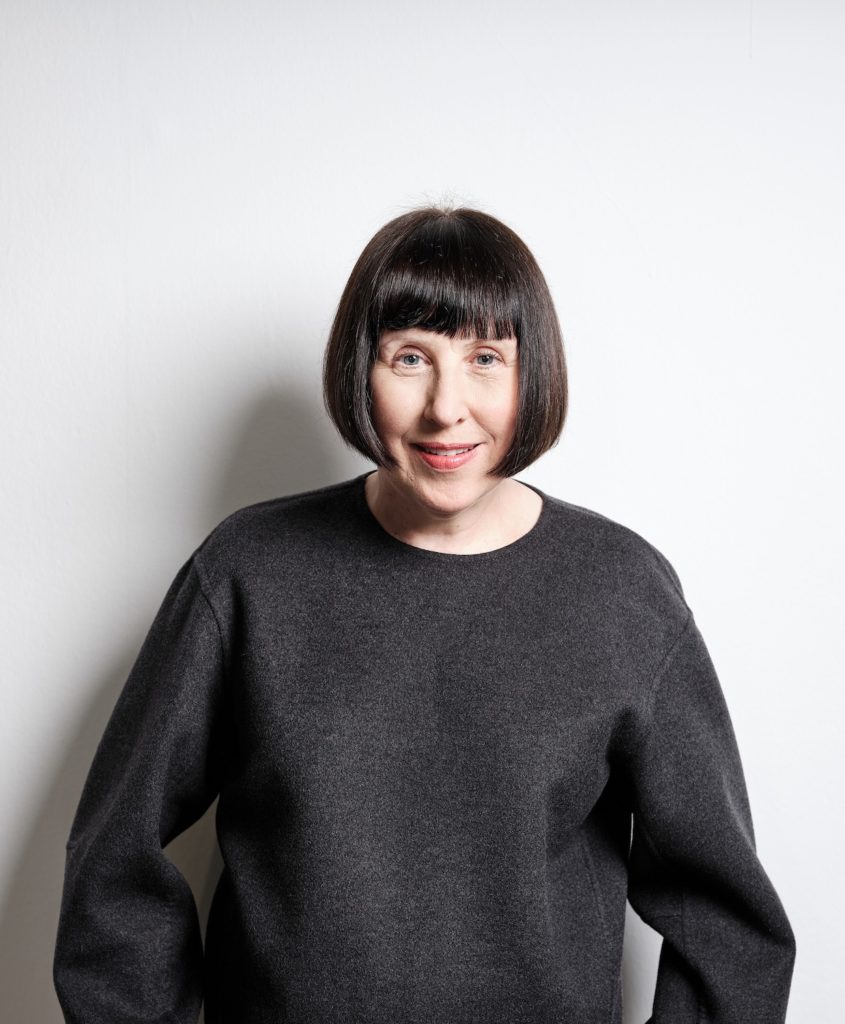Danish Ceramics – part 4 – Christina Schou Christensen
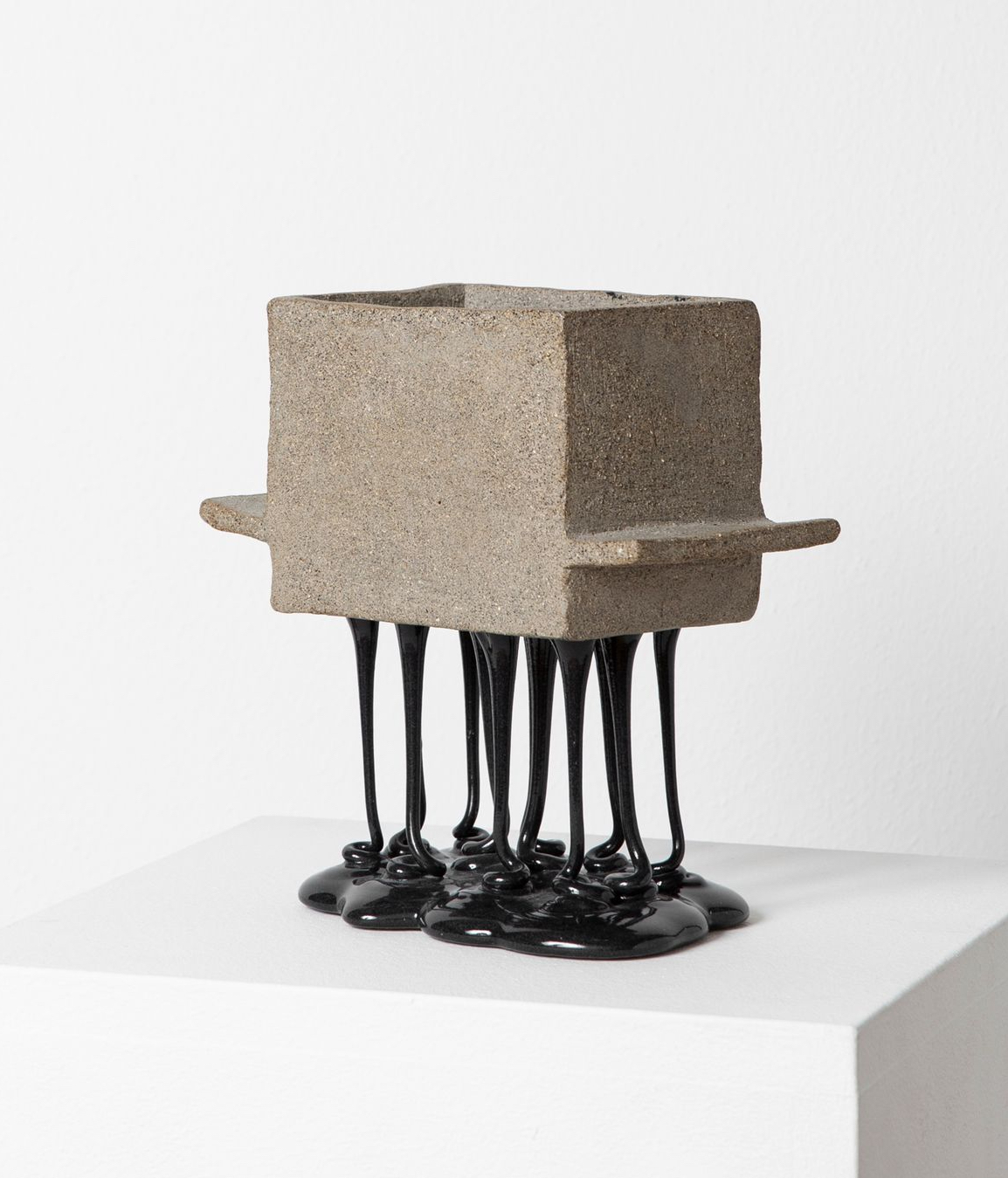
In a series of articles, The Mindcraft Project focuses on some of Denmark’s influential designers and makers seen through the eyes of UK-based design, craft and architecture writer Grant Gibson.
In this article, Grant Gibson meets Christina Schou Christensen.
Christina Schou Christensen was doing an evening class in ceramics more than a decade ago when she had an epiphany. The moment came when she mixed a pair of glazes together. “It became a mint green glaze,” she recalls. “I did a little test, then I wanted to apply it onto a huge piece. When it came out it was totally different – dark with shiny spots, mixed with matt, light beige areas, split in different sections as if it was two different glazes. It just made me so amazed and surprised. I wanted to reproduce it but I couldn’t and I had no clue what had happened.” Spool forward to the present and the alchemy involved in her process still fills the artist with a sense of wonder. “It’s always like Christmas Eve when I open the kiln.”
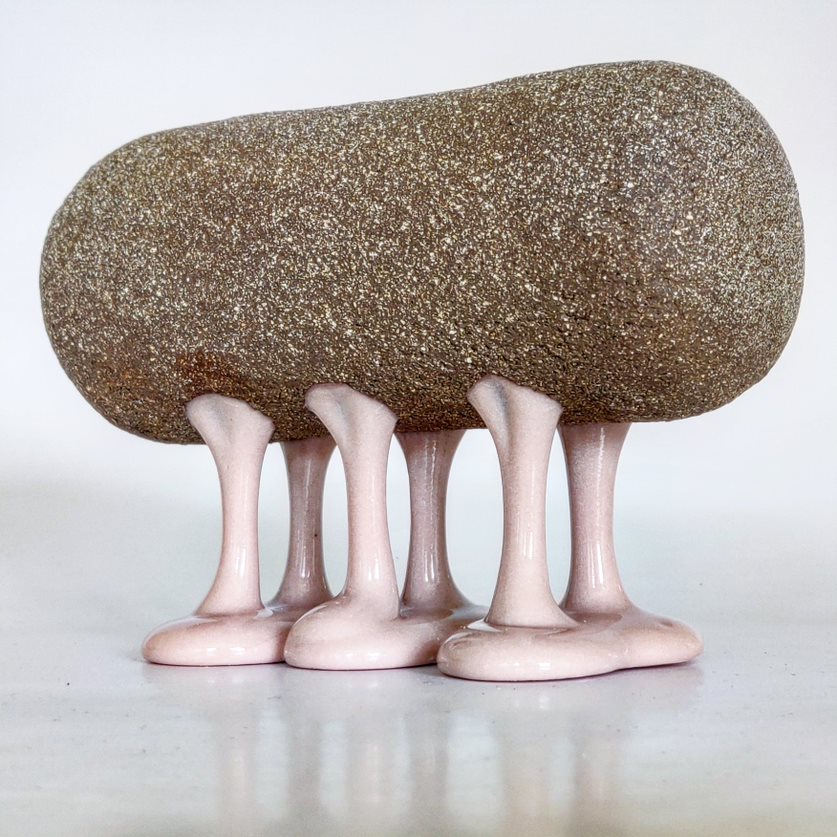
Over the years, Schou Christensen has developed a style that’s instantly recognisable. Her colourful glazes ooze from holes made in conventional vessels often creating stilts upon which the clay body sits. Her pieces are fascinating and, perhaps, ever-so-slightly alien, containing a distinct sense of movement. At a glance, you’d be forgiven for thinking that they represent a break from the tradition of Danish modernism but, surprisingly perhaps, Schou Christensen isn’t so sure. “I guess I am still part of the tradition because I keep it very simple when I do my stuff. I use simple forms and the glazes running through is a simple device. It’s difficult not to feel part of it because I was brought up with it and was inspired by other Danish ceramists.”
And she’s right. Despite their sculptural nature, her pieces still reference functional forms. They have emerged of an applied art idiom. “I think it’s easier for myself and the viewer to relate to,” she explains. “People know it’s a bowl.”
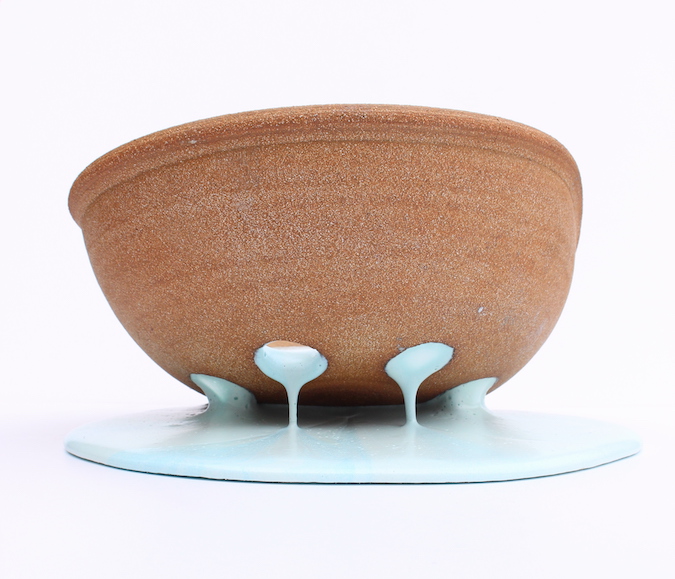
Schou Christensen was born on the island of Bornholm. Her parents didn’t come from an art background – her father worked on the ferry, while her mother was a nurse – but she traces her interest in materials down to her father’s pastime: building airplanes from fibre glass and epoxy resins. “It’s pretty wild to be able to do that,” she says, perhaps noticing my look of surprise across our Zoom call. She worked with clay and textiles as a child, wanting to become a maker from a young age, and got experience with a local potter fashioning trolls.
However, initially she resisted her urge to go to art school. She attributes this partly to a lack of confidence in her own ability. “Secretly, I had a feeling that I couldn’t make it because I wasn’t talented enough,” she admits. But also, her parents weren’t keen on the idea. “They thought it was the worst idea ever,” she laughs. “Unfortunately I was too weak to tell them that I didn’t care.” Instead, she trained as a teacher and, subsequently, became a game producer at DR. “I liked it. It was fun,” she says, ”and I earned well.” But the desire to work in clay never left and at the age of 34, she decided to enrol at the Royal Danish Academy’s programme for Glass and Ceramics situated in Bornholm. She spent the first two years making functional ware before she really started experimenting with glaze and developing a style that has become her signature. “I still have a lot of ideas and experiments from that period I haven’t explored yet,” she confides.

In terms of process, she sketches to develop ideas for the glazes’ possibilities, yet, arguably her most important tool is the kiln. “Sometimes I get things out of the kiln that show me things I hadn’t thought of,” she says. “I describe the kiln as a part of my sketching tools.” Subsequently, she makes a container – a bowl or vessel – creates holes where glaze can run out before creating her glaze. This is placed on to plaster boards to suck moisture out. “It’s like mud,” she explains. The thick glaze goes into the bowl which is stacked carefully in the kiln, so it’s floating. Then heat is left to do the rest. “I’m always very nervous that the glaze will run out and ruin something,” she laughs.
While her roots lie in her nation’s sense of modernism, does she also feel that she has played a part in re-shaping Danish ceramics? “I do feel I’m part of a group that’s working with both material but also new expressions – there’s a lot of experimentation with different finishes,” she admits. “But I don’t think it’s just a Danish thing. I think it’s happening across the ceramic world. A lot of people are working with glazes in new ways.”
Grant Gibson was previously editor of both Blueprint and Crafts magazines, and his work has been published in The Observer, The Guardian, Daily Telegraph, FRAME and Dwell. In 2019, he launched the critically acclaimed podcast series Material Matters with Grant Gibson.
